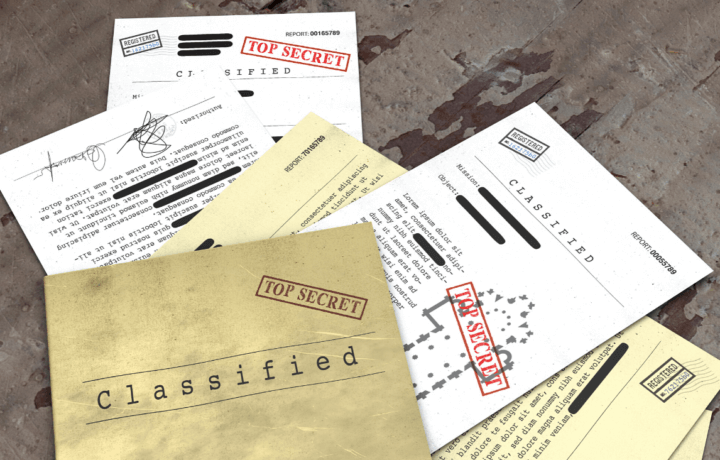Initial (“indoctrination”) training and annual refresher training for security clearance-holders covers a variety of topics, including classification markings, classified information storage, and threat awareness. Yet one topic that is conspicuously absent from many such trainings is derivative classification. Until recently, even the DoD component charged with administering much of the Pentagon’s personnel security operations did not train their employees on the topic – an issue which arose in one of my office’s security clearance revocation cases.
Handling Classified Information? Learn Derivative Classification
The result of this training gap is that many clearance-holders, including our recent client, have either never heard the term “derivative classification” or cannot articulate what it means. That’s a recipe for trouble given that anyone working regularly with classified information has probably produced or worked with derivatively classified data.
So, what does the term actually mean? According to the National Archives, derivative classification “means the incorporating, paraphrasing, restating, or generating in new form information that is already classified, and marking the newly developed material consistent with the classification markings that apply to the source information.”
Examples of Derivative Classification at Work
The principle can be most aptly explained using examples like these:
EXAMPLE 1: You are tasked to read four different documents at varying classification levels and summarize the key points from all of them in a 1-page briefing for your supervisor to review before a meeting. Documents 1 and 2 are classified SECRET. Document 3 is classified TOP SECRET, but you’re only summarizing a few sentences from the section portion-marked at that level. Document 4 is unclassified/FOUO. What is the derivative classification level of your summary document? How should it be marked and handled?
ANSWER: Even though you are summarizing only a few sentences from the TOP SECRET Document, and even though the majority of the information contained in your summary is otherwise classified SECRET or unclassified, your summary document is considered TOP SECRET and must be marked and handled accordingly until and unless determined otherwise by security officials.
EXAMPLE 2: You are tasked to review a series of SECRET charts and graphs and paraphrase the data for a PowerPoint presentation. Since you’re not using the images themselves – and only paraphrasing the data – can you create your PowerPoint on NIPR and send it over regular email?
ANSWER: No. Paraphrasing classified data results in a paraphrased work product classified at the highest level of classified information it paraphrases. The resultant document must be marked and handled accordingly until and unless determined otherwise by security officials.
Consider the Classification Source
Fundamentally, the theory behind derivative classification is simple: if source material for a new creation is classified, it doesn’t matter how one paraphrases, restates, or extracts ideas or information from that source – the result is still classified, and at the highest level of incorporated material.
Nonetheless, it seems anecdotally that the majority of clearance-holders view themselves merely as consumers of classified information, not producers. Those who do not view themselves as producers of classified information – either because that’s not “their job” or because they don’t consider themself to be working at a sufficiently high level – should be aware that they may, in fact, be inadvertently doing just that. Before creating any email, report, presentation, or briefing carefully consider the nature of the source material.
This article is intended as general information only and should not be construed as legal advice. Consult an attorney regarding your specific situation.




